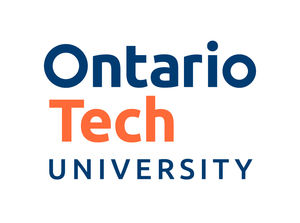Numerical methods for simulating diffusion in cellular media
Abstract
Diffusion imaging is a relatively recent branch of magnetic resonance imaging that
produces images of human physiology through diffusion of water molecules within the
body. One difficulty in calculating diffusion coefficients, particularly in the brain, is
the multitude of natural barriers to water diffusion, such as cell membranes, myelin
sheaths, and fiber tracts. These barriers mean that water diffusion is not a homogeneous
random process. Due to the complexity of modeling these structures, a simplifying
assumption made in some methods of data analysis is that there are no barriers
to water diffusion. We develop tools to simulate the diffusion of water in an inhomogeneous
medium, which may then be used to test the accuracy of this assumption. The
inherent difficulty (and computational cost) of including barriers (e.g., cell membranes)
can be lessened by employing the immersed boundary (IB) method to represent these
structures without the need for complicated computational grids. The contribution of
this thesis is the implementation and validation of an IB method that allows for diffusion
across semi-permeable membranes. The method is tested for a square interface
aligned with the computational grid by comparing it to a second numerical scheme
that uses standard finite differences. We also calculate the rate of convergence for the
IB method to assess the numerical accuracy. To demonstrate the flexibility of the IB
method to simulate diffusion with any interface shape, we also present simulations for
irregular interfaces.

